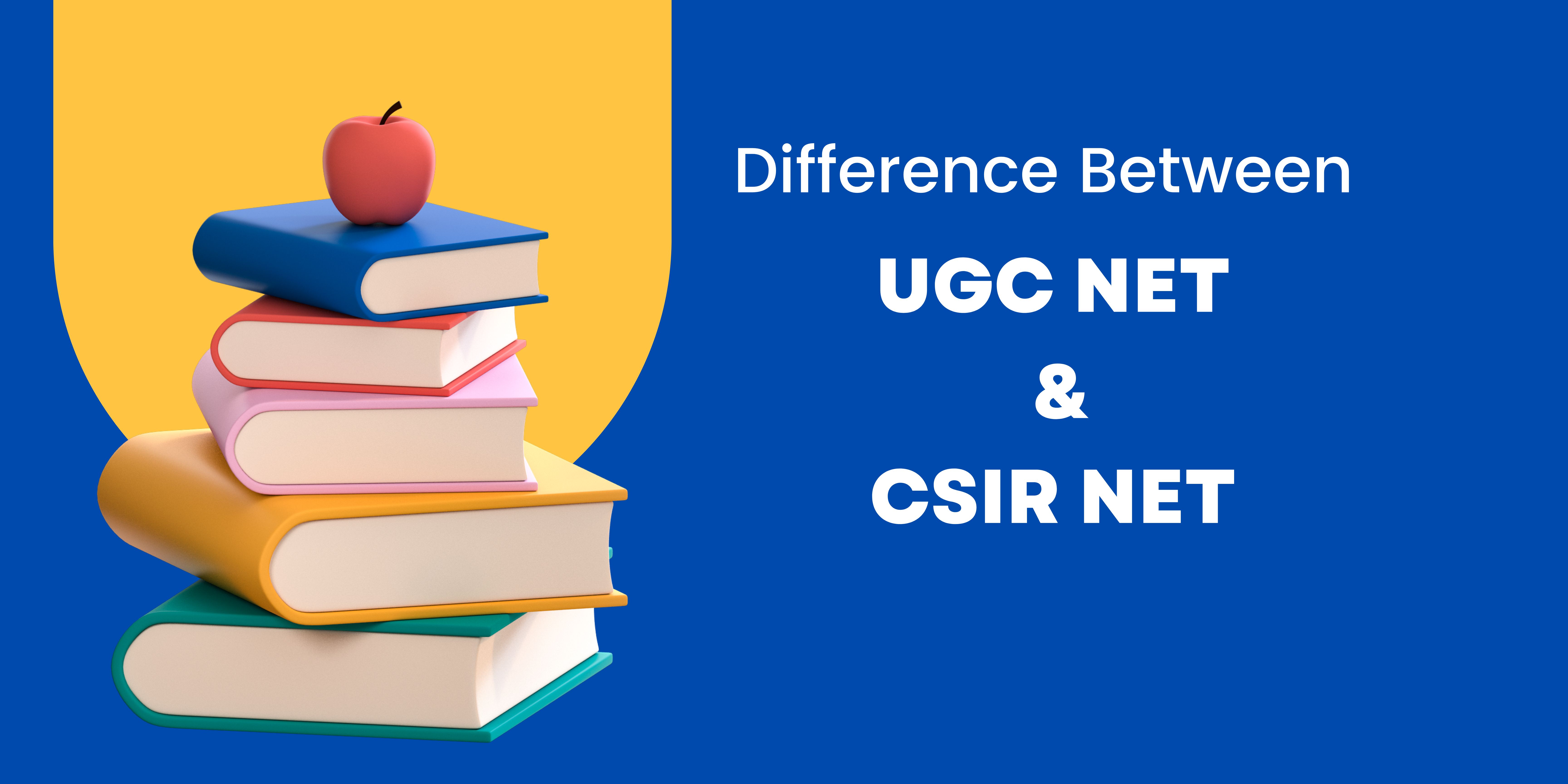
In the realm of higher education in India, two national-level examinations stand tall: the University Grants Commission National Eligibility Test (UGC NET) and the Council of Scientific and Industrial Research National Eligibility Test (CSIR NET). Both exams serve as gateways for aspiring lecturers and researchers, but they differ in their scope, eligibility, and structure, catering to distinct academic pathways.
Subject Coverage:
UGC NET casts a wide net, encompassing a diverse array of subjects, including Arts, Humanities, Commerce, Social Sciences, Education, Languages, and Management Studies. This breadth allows candidates to pursue their passions in a multitude of fields.
CSIR NET, on the other hand, takes a more focused approach, exclusively concentrating on science subjects. Life Sciences, Chemical Sciences, Physical Sciences, Earth Sciences, and Mathematical Sciences are the five pillars of this exam. Candidates must select a specific discipline within these broad areas.
Eligibility Criteria:
To qualify for UGC NET, candidates must possess a Master's degree in their chosen subject with a minimum of 55% marks (50% for SC/ST/OBC/PWD categories). However, those who have completed M.Phil or Ph.D. programs are exempt from the percentage requirement.
CSIR NET sets the bar slightly higher, demanding a Master's degree in science or an equivalent qualification with a minimum of 60% marks (55% for SC/ST/OBC/PWD categories). For those holding M.Phil or Ph.D. degrees, the minimum percentage requirement in their qualifying Master's degree is 55% (50% for SC/ST/OBC/PWD categories).
Exam Pattern: Putting Knowledge to the Test
UGC NET assesses candidates through three comprehensive papers:
-
Paper I: General Education, testing overall knowledge and aptitude for research
-
Paper II: Subject-Specific, evaluating in-depth understanding of the chosen subject
-
Paper III: Teaching/Research Aptitude, gauging teaching or research potential
Each paper carries 100 marks and has a duration of three hours.
CSIR NET adopts a two-paper format:
-
Paper I: General Science, assessing general knowledge in science
-
Paper II: Subject-Specific, evaluating expertise in the chosen subject area
Paper I carries 75 marks and has a duration of one hour, while Paper II carries 225 marks and has a duration of three hours.
Awarding Bodies: The Driving Forces
The University Grants Commission (UGC), a statutory body responsible for maintaining standards in higher education, conducts UGC NET.
The Council of Scientific and Industrial Research (CSIR), an autonomous body under the Ministry of Science and Technology, is responsible for conducting CSIR NET.
Conclusion: Choosing Your Path to Success
UGC NET and CSIR NET, though both esteemed exams, serve different purposes. UGC NET caters to a broader range of disciplines, while CSIR NET is exclusively for science enthusiasts. Carefully consider your academic interests and career aspirations before embarking on your preparation journey.
Remember, both exams demand dedication, perseverance, and a strong foundation in your chosen field. Stay focused, utilize effective study strategies, and seek guidance from experienced mentors to maximize your chances of success.






Post a comment